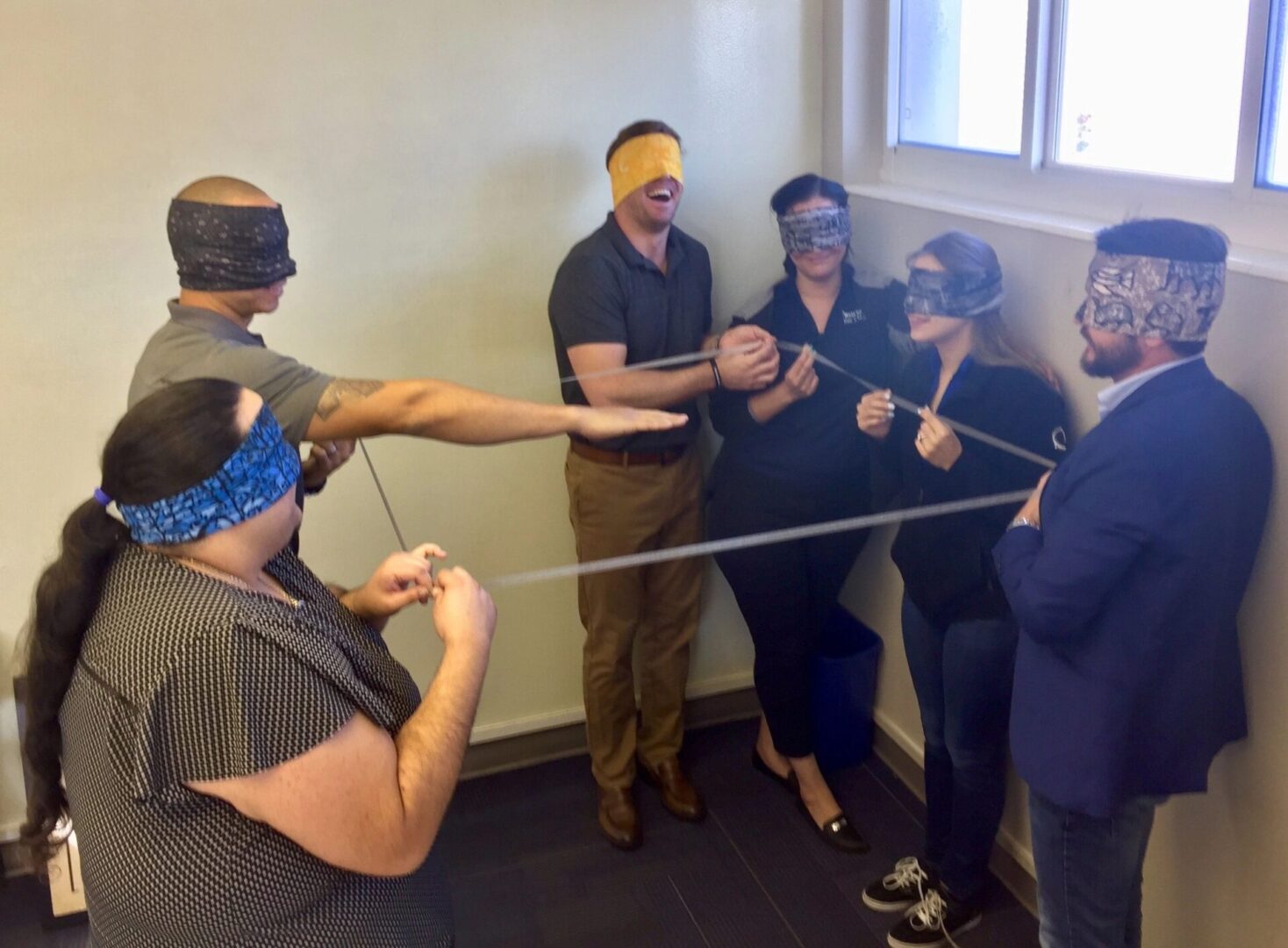Trust Us to Help You Manage Complex Business Changes
At A.R.C.H. Consulting, LLC., we are here to assist you in thinking and acting entrepreneurially for the success of your business. You can count on us to help you navigate your field as well as identify and seize new opportunities.

Organizational Life Cycle Framework
"It could provide a road map, identifying critical organizational transitions and pitfalls the organization should seek to avoid as it grows in size and complexity. An accurate life cycle model could provide a timetable for adding levels of management, formalizing organizational procedures and systems, and revising organization priorities. It could help management know when to ‘let go’ of cherished past strategies or practices that will only hinder future growth."
- Hanks (1990, p. 1)
What Some Businesses Fail To Do
- Obtaining External Financing
- Implementing Sales/Marketing Strategies
- Developing Products/Services
- Securing Excellent General, Human Resource, Production/Operations, and Internal Financial Management
Stages in the Cycle
Development and Startup
This stage is the beginning of organizational development. It is centered on viability and identifying sufficient customers to support the organization's existence.
One or a few people have ownership and make decisions. The environment also cannot be analyzed. In this stage, organizations tend to create their environments.
Survival and Rapid Growth
During this phase, companies seek to grow, formalize structure, and establish distinctive competencies. Objectives are developed to generate enough revenue to continue operations and stay competitive.
This stage provides alternatives:
- Grow Large and Prosper
- "Hit and Miss"
- Earn Marginal Returns
- Fail To Generate Sufficient Revenue To Survive
Early and Late Maturity
Formalization and control through the bureaucracy are implemented during this point. Job descriptions, policies and procedures, and hierarchical reporting relationships are official.
Leaders strive to protect what they have created and focus on planning, leaving daily operations to middle managers. The aim is collaboration, innovation, and creativity as decision-making is dispersed.
Exit, Harvest, or Decline
In this phase, customers' needs are placed above those of organizational members. There is also a desire to return to leaner times, developing an inability to meet the external demands of former stages.
Leaders become concerned with personal goals, like retirement. The desire for power and influence weakens viability and profit.
Determine Your Organization’s Phase
Complete our assessment now to discover what your business needs.
